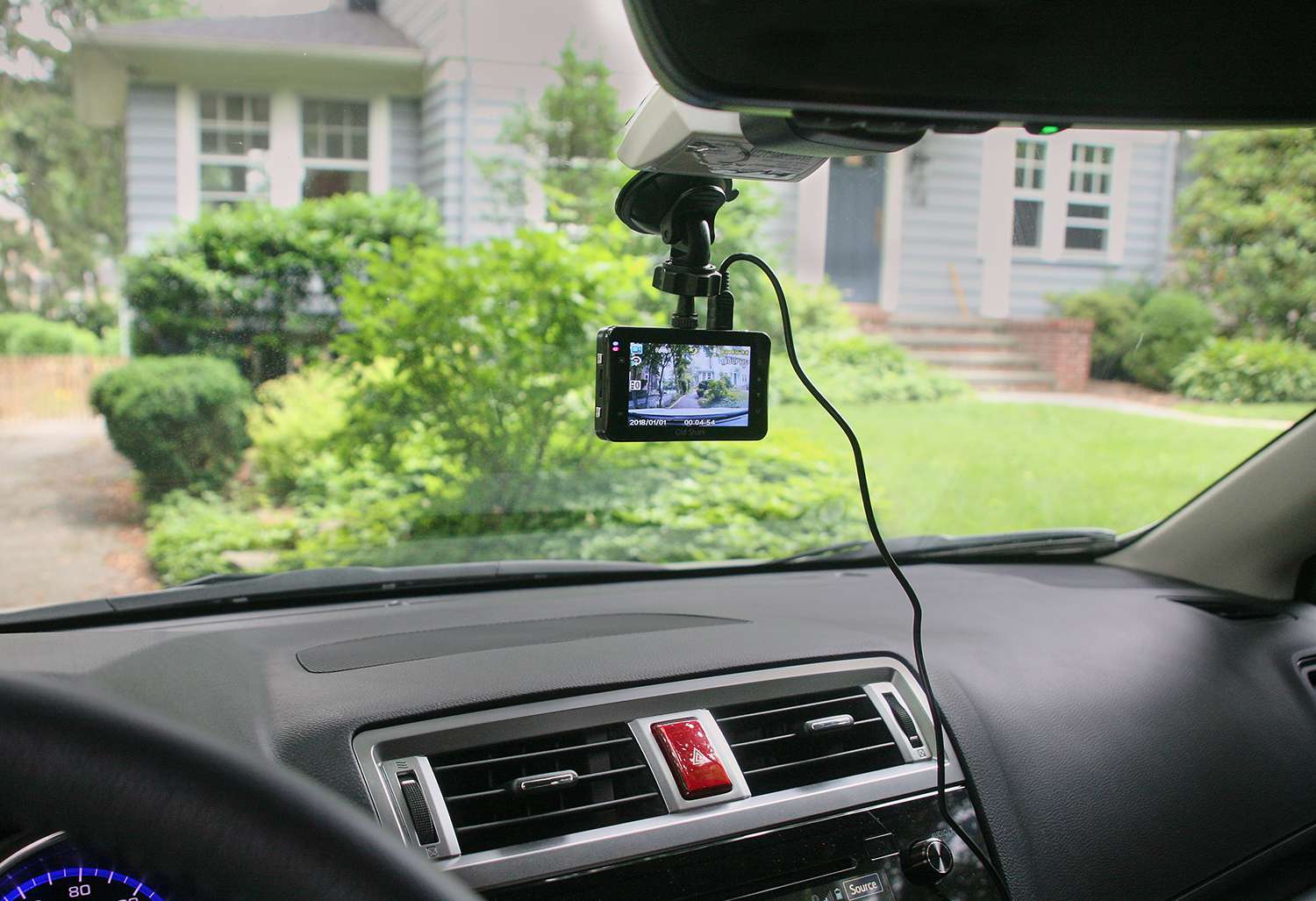Although the vastness of Alaska’s terrain makes for breathtaking road trip scenery, it also poses certain driving difficulties. Having a dash cam can bring much-needed piece of mind when driving on slippery roads or coming across unexpected wildlife. However, it’s important to comprehend Alaska’s dash cam laws before mounting your camera and heading out.
The laws surrounding dash cams in the Last Frontier will be covered in detail in this extensive tutorial. We’ll go over pertinent laws, limitations on size, and audio recording considerations. We’ll also talk about privacy issues and responsible dash cam usage best practices.
The Legality of Dash Cams in Alaska
Dash cams are authorized to use in Alaska, which is good news for drivers there. Alaska Statute 13.04.225, which gives drivers permission to record video in their cars, serves as the legal foundation for this.
There is one important restriction to this privilege, though: the dash cam cannot block the driver’s view. This guarantees that a dash cam won’t compromise your visibility of the road and pose a safety risk.
Size Restrictions for Dash Cams
Dash cams are lawful, however depending on where they are mounted, there are restrictions on their size. The restrictions are broken down as follows:
Recording Audio with Your Dash Cam
Alaska does not have a statute that expressly forbids using a dash cam to record audio. But it’s crucial to keep two-party consent in mind. According to this legal precept, you normally require everyone’s permission before recording a private conversation.
Two-party consent for dash cams works as follows:
Think about the following situation:Imagine that you are recording other hikers talking about their plans while you are parked at a trailhead in Denali National Park. It seems improbable that you would get their approval in advance in this situation. It could be a good idea to turn off audio recording when parked in private areas to avoid any potential legal problems.
Privacy Concerns and Dash Cams
Although dash cams are beneficial for security, using them does create privacy concerns. Below is a summary of some things to think about:
Additional Considerations for Using Dash Cams in Alaska
Here are a few more things to consider when using dash cams responsibly in Alaska:
Conclusion
For drivers in Alaska, dash cameras can be extremely useful equipment since they offer security and possible accident evidence. You can make sure that using a dash cam is appropriate and lawful by being aware of the rules regarding size, audio recording, and privacy.
Recall that this blog article is not legal advice; rather, it is meant purely for informational purposes. Seeking specialized legal advice from an attorney is advised while using dash cams in Alaska.
Frequently Asked Questions (FAQ) on Dash Cams in Alaska
A: In Alaska, mounting your dash cam directly on the rearview mirror is generally not advised. It might still hinder your view of the road, which is against the law, even though the size restriction might not apply in this case. Choose a less conspicuous spot on the dashboard or windshield that complies with the dimensions specified for the mounting side of your choice.
A: It is theoretically possible to violate the rules if you use a dash cam that is larger than the permitted size (5 square inches on the driver’s side and 7 square inches on the passenger side). Although it is unusual, you might be pulled over and given a penalty by a police officer for obscuring your vision.
A: The amount of time you have to save dash cam footage is not specifically regulated by law in Alaska. But take into account things like storage space and possible legal uses. If you record an accident, you may wish to save the video for a long time in case you need it for future insurance claims or legal actions.
A: Two-party consent is required in Alaska for audio recording, as was previously noted. This implies that you have a legal duty to disable the audio function if someone within your car indicates that they feel uncomfortable being recorded.
A: You might gain by telling your insurance provider that you have a dash cam. Since a dash camera might provide important evidence in the event of an accident, several insurance companies give discounts for owning one.
Sources of Additional Information
Final Thoughts (Recap)
You may guarantee the lawful and prudent usage of dash cameras in Alaska by being aware of the regulations pertaining to them. Recall that the salient points are:
Now that you know this, you may use your dash cam to drive on Alaskan roads with more security and peace of mind.
Disclaimer: Once more, the content on this blog post is informative and does not represent legal advice. Speak with an attorney for particular legal advice about using dash cams in Alaska.





























